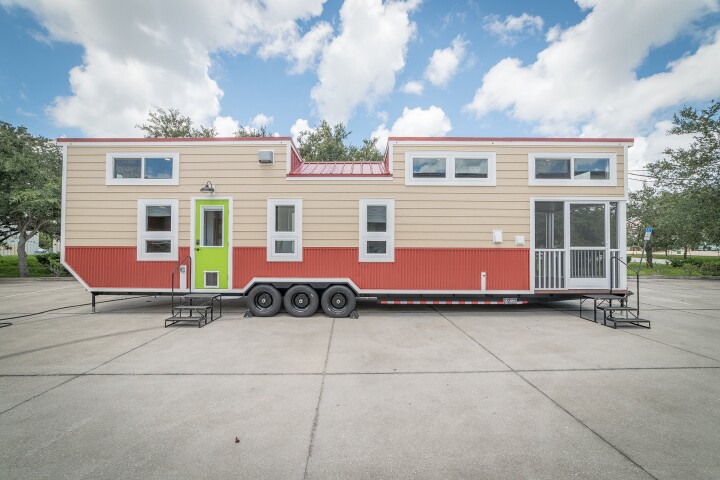Austrian company Turbulence Solutions claims it's already flight-testing a system that can detect and neutralize air turbulence, reducing the forces felt by passengers by up to 80% – and reducing fuel burn by up to 10%. It's set to launch in 2024.
Nobody likes to fly through turbulence – which is tough luck, because climate change has already caused it to increase by as much as 55% on some popular routes, and it's projected to continue getting worse as temperatures rise, bringing wind speeds and thus wind shear along with them.
Where it can be accurately predicted, airliners will often go out of their way to go around it, hoping to avoid a whole lot of passenger distress as well as showers of vomit. But in clear air, it's nigh-on impossible to spot turbulence until you're in the middle of it, guts in your throat and praying for a quick death.
Enter Turbulence Solutions, which claims to have built and tested something that solves the problem, acting a little like an active noise cancellation system in a pair of headphones. Effectively, it detects turbulence just before it happens, and uses super-quick automated lift adjustment through the aircraft's control surfaces to generate forces in opposition to the turbulence.

To predict what's about to hit the wings, the system uses 5-hole differential air pressure probes, mounted as far forward as possible. On the unmanned testbed above, for example, the company placed a pair of lightweight rails on front of the aircraft, holding up a third rail with the pressure sensors held out nearly as far as the wing tips.
On the manned test aircraft, the sensors were instead mounted directly to the wings, on long pole masts that placed them some 2.65 m (8.69 ft) forward of the leading edges. At cruise speed, that's enough to give the system a tenth of a second's worth of advance warning before turbulence hits – and according to a paper published by the CEAS Aeronautical Journal in 2021, the system was able to predict vertical accelerations greater than 30 m/sec/sec with an accuracy of nearly 62% on its very first test flight, and it's doubtless improved since then.

Armed with this information, the flight control system now has a tenth of a second to generate a force-canceling response at each wing, by deftly actuating low-inertia lift surfaces. In this way, the system is able to iron out vertical accelerations, pitch and roll changes, and wing bending moments. The Turbulence Solutions team claims it currently cuts down the effects of turbulence in the cabin by around 80%.
You can see the system going bonkers to smooth out a bumpy manned test flight in the video below.
In an interview with Interesting Engineering, a company representative said it also enables significant fuel savings of up to 10%, since aircraft no longer need to climb, dive, or route around turbulence. That's nothing to sniff at.
The company says it'll have a system commercially available for light aircraft in 2024. It's looking into a version for eVTOL air taxis by 2026, and hoping to have a system relevant to commercial airliners by 2030. Godspeed, team, the world's airline passengers – not to mention cleaning crews – need you to succeed.
Source: Turbulence Solutions via Interesting Engineering









